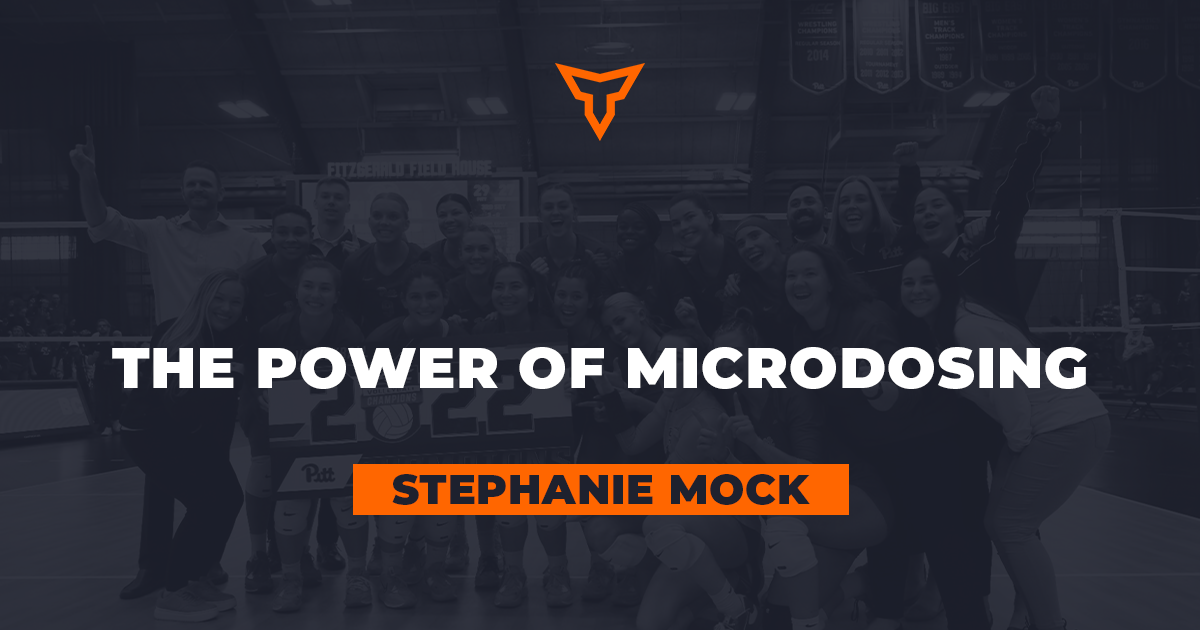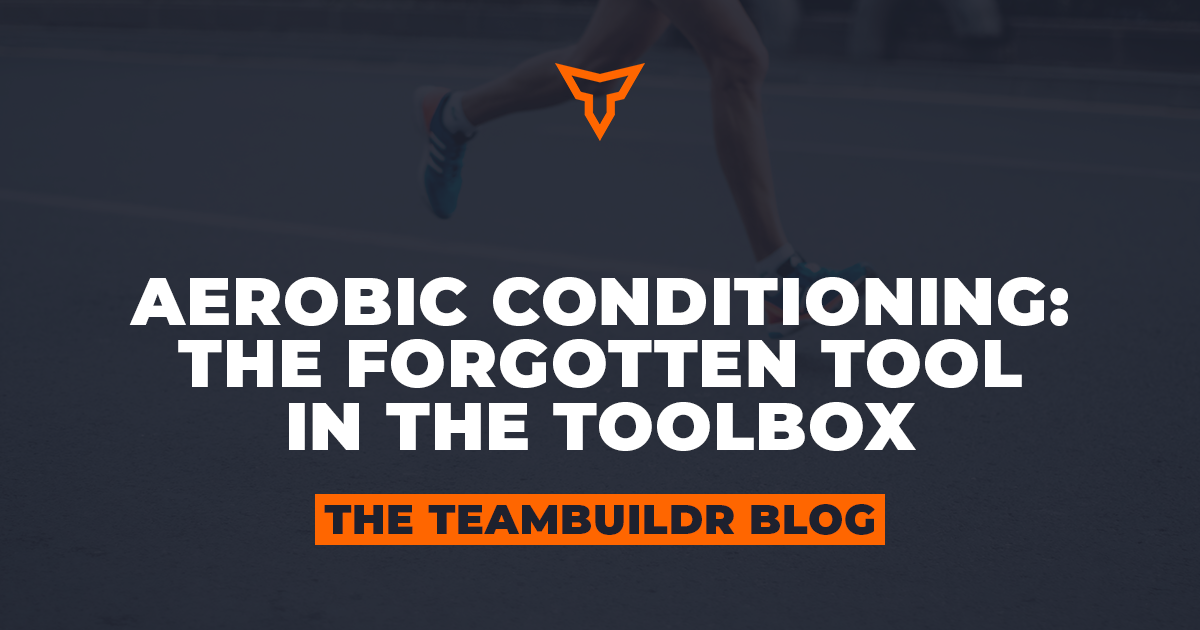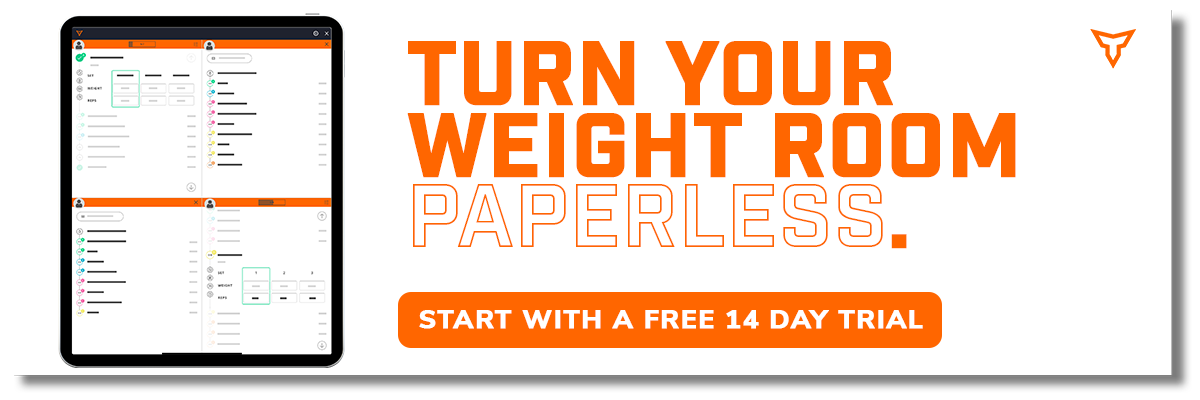Quality Training: What it Actually Entails
The term “quality training” is thrown about in abundance by performance coaches, sport coaches, and athletes with little regard for definition or context. I have seen it referred to concerning the selection of training methods, the appearance of sport similarity or dynamic correspondence, acute ability to execute, a general feeling of movement endearment, or, perhaps, avoidance of challenge or fear.
According to Oxford (2022), quality has two plausible definitions that can be applied when assessing training and motor skill development.
- The standard of something as measured against other things of a similar kind; the degree of excellence of something; i.e., an improvement in skill.
- A distinctive attribute or characteristic possessed by someone or something; i.e., this athlete shows strong qualities.
According to Gambetta (2022), “Quality is the goal and quality is a measure of perfect. Therefore, the ultimate goal of repetition in training is mastery. To achieve mastery demands progression, from easy to hard and simple to complex.”
Futhermore, the term quality is often substituted for the terms effort or intensity, making a clear definition even more confusing. For example, have you ever used statements similar to these?
"I want to see a high-quality training session today. "
"The quality of the workout was outstanding; the team was pushing some serious weight."
The recipient of these messages lacks context. Therefore, they will probably have difficulty differentiating between quality as a measure of execution of technique, tactics, or skill versus a measure of effort, intensity, or some other standard. Before anything else, as coaches, we should be purposeful with our words when setting standards for what defines a quality training session that day.
As you engage in conversation and training quality comes up, seek clarity and be sure all parties speak the same language before you plan or evaluate a training session. Before we dive any deeper, here is one crucial thing to remember as you read:
Just because an athlete or team executes flawlessly does not mean they had a quality training session!
Planning a Quality Session
When considering if a training session or practice is, in fact, high-quality, context matters. When establishing context, the coach should consider many factors. Among them are:
- The annual plan
- Applicability of skill
- Stage of motor learning
- Risk involved in learning the skill
Annual Plan
The time of year or position in the annual plan is requisite for determining training quality. The further the athlete is from the competition, the more we expect them to be challenged, fail, learn, and develop new motor skills or physical capacity.
In the circumstance of the off-season period, we should expect that the athlete will make mistakes as they are learning. In this context, errors within the confines of the attentional focus and constraints provided could constitute a quality training session!
Conversely, in the days preceding the competition, we would like our athletes to execute skills, techniques, and tactics precisely, minimizing mistakes. The ability to do so regardless of the sporting scenario (scoring, judging, etc.) raises athlete confidence and readiness for competition.
This example, while simplistic, can be scaled over various periods, including the mesocycle - for those who compete monthly, the microcycle - for those who compete weekly, and the quadrennial - for those on an Olympic cycle.
Applicability of Skill
The applicability of the skill pertains to its current relevance or projected future significance in the sport. For example, it might not be the best use of our time to teach the granny shot or the straddle technique in the high jump.
Quality training in the context of the applicability of skill should be representative of current and future sport demands, future projections for the sport - such as rules changes, and athlete level of readiness.
The current availability of applied sport science allows us to vet this more effectively and select appropriate methodologies for training and practice.
Stage of Motor Learning
Thirdly, we need to consider the stage of motor learning for the skill we are trying to teach. There are a few different theoretical models for motor learning, but for this article, we will focus on the three-stage continuum proposed by Fitts and Posner in the late 1900s. The stages include:
- Cognitive stage
- Associate stage
- Autonomous stage
The cognitive stage of motor learning is characterized by significant gains in performance and inconsistent performance (Huber, 2012). Therefore, we allow the athlete to explore new movements in this context. Give them space to probe! Expect them to be frustrated and challenged. Use augmented feedback and encouragement here!
The associative stage of learning is characterized by smaller gains in performance, a conscious effort, adjustment making, and awkward or disjointed movement (Huber, 2012). It may also take the athlete longer to complete a task as they work on cojoining minor movement skills. Training quality, in this context, should be representative of the characteristics above if the appropriate challenge point is provided for the desired outcome goal(s).
Highly effective coaches will frequently revisit the cognitive and associative stages as they continually develop athlete's movement capabilities.
The autonomous stage is where motor performance becomes largely automatic (Huber, 2012). Cognitive demands on movement capability are minimal, and athletes can repeat movement without conscious effort. That can be either good or bad. How many of us have difficulty correcting an inefficient autonomous stage movement? These inefficiencies, or risky positions, are why effective coaches frequently revisit the previously mentioned stages.
In an ideal scenario, the autonomous stage is where quality training approaches perfect execution.
Risk Involved in Learning the Skill
Finally, and most importantly, a quality session should address the risk associated with learning the new skill. The degree and number of mistakes we tolerate will be lower in skills that have the potential to cause some form of harm to the athlete. For example, errors are probably more tolerable when learning a new putting stroke or push-up technique than when learning a backflip on your skis.
As coaches, our goal should be to prescribe using principles-based programming, considering context, and providing our athletes with enough correct information to understand the outcome goal, attentional focus, and motor learning journey.
During planning of training, it is critically important that we understand and communicate the training plan with the key stakeholders, at minimum, the coaching staff, sports medicine providers, and athletes. Most importantly, our bandwidth for training execution, rest-fatigue, and contextual relevance should be clearly communicated during planning.
Only then can we have a genuinely QUALITY training session.
References
Gambetta, V. (2022, February 12). Vern Gambetta on Twitter: "#3 Quality is the goal and quality is a ... Twitter. Retrieved August 22, 2022, from https://twitter.com/coachgambetta/status/1492539148003123203
Huber, J. (2012). Applying Educational Psychology in Coaching Athletes. Human Kinetics. 9/21/22
Oxford Languages. (2022). Oxford Dictionary. Oxford Languages. Retrieved 8 22, 2022, from https://languages.oup.com/
Subscribe to our blog
Subscribe to receive the latest blog posts to your inbox every week.
Related posts

Webinar: The Qualitative Strength Coach

The Power of Microdosing


